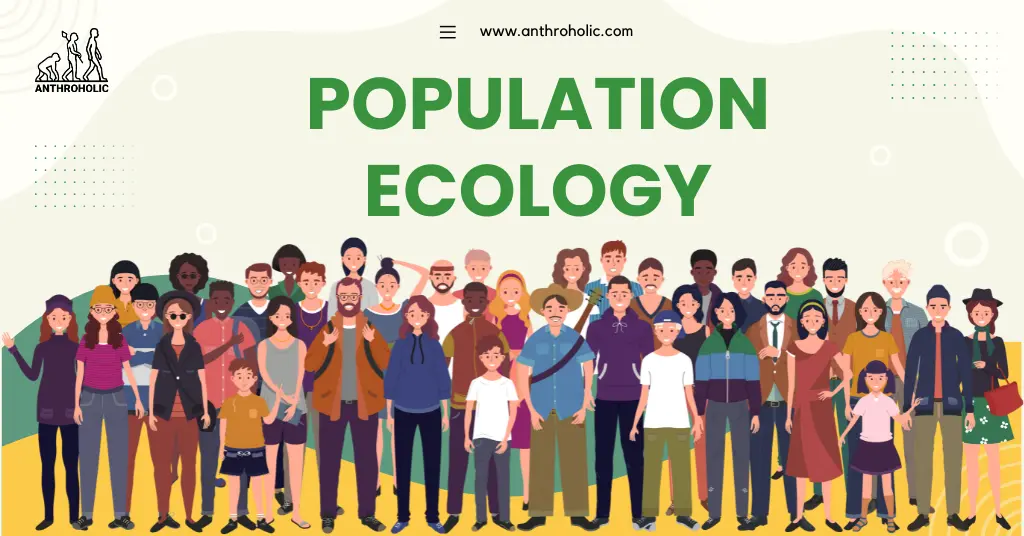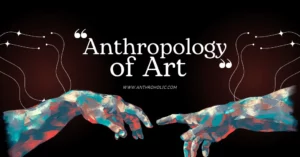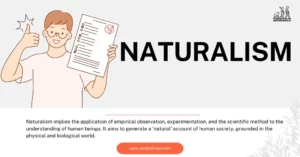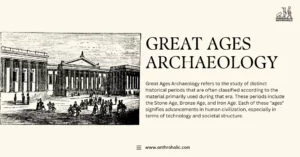AI Answer Evaluation Platform Live Now. Try Free Answer Evaluation Now
Population Ecology
Population ecology is the study of the dynamics of species populations and how these populations interact with their environment [1]. It’s traditionally a biological discipline, but recent advances have led anthropologists to examine population ecology in human societies. This article explores the anthropological aspects of population ecology, shedding light on the complex interactions between human populations and their environments.

Theoretical Framework
Concept of Population Ecology
Population ecology is rooted in the study of how populations change over time, and how these changes are driven by birth rates, death rates, immigration, and emigration [2]. These core concepts can also be applied to human populations.
Integration with Anthropology
The integration of population ecology with anthropology allows for a more comprehensive understanding of human behavior and social structures. This perspective considers how human populations adapt to their environments and how cultural practices shape these adaptations [3].
Human Population Dynamics
Growth Patterns
Understanding human population growth patterns is vital for both ecological and sociological perspectives. Human population growth is influenced by factors such as fertility rates, mortality rates, and migration patterns, as illustrated in Table 1.
| Factor | Description |
|---|---|
| Fertility Rate | The average number of children a woman is expected to have during her lifetime [4]. |
| Mortality Rate | The number of deaths per 1,000 individuals per year. |
| Migration | The movement of people from one place to another, affecting the population size of different regions. |
Environmental Influences
The environment plays a significant role in shaping human population dynamics. Factors such as climate, resource availability, and natural disasters can significantly influence population trends.
Cultural Factors
Cultural beliefs and practices also have profound impacts on population dynamics. These factors may include traditions related to marriage, childbearing, and gender roles.
Case Studies
Case Study 1: The !Kung San People
The !Kung San people of the Kalahari Desert offer a unique perspective on population ecology. Their subsistence lifestyle and cultural practices have been studied extensively to understand how human populations can adapt to harsh environments.
Case Study 2: Population Control in China
China’s one-child policy presents a significant example of human intervention in population dynamics. Implemented to control population growth, this policy had complex social and cultural implications.
Socio-Economic Perspectives
Wealth Distribution and Population Growth
Socio-economic factors, including wealth distribution, can have a profound impact on population growth. In many societies, higher wealth is associated with lower fertility rates, as illustrated in Table 2.
| Wealth Bracket | Fertility Rate |
|---|---|
| Low | High |
| Medium | Moderate |
| High | Low |
Employment Opportunities
Employment opportunities and economic growth often correlate with migration patterns. Regions with thriving economies attract individuals seeking employment, thus influencing local population dynamics.
Technological Innovations
Medical Advances
Advancements in medical technology have significantly impacted population growth by reducing mortality rates. Innovations such as vaccines and antibiotics have led to increased life expectancies and, consequently, population growth in many regions.
Communication and Transportation
The development of communication and transportation technologies has facilitated human migration, affecting population distribution. The ease of travel and information exchange has allowed people to move across borders more freely.
Conclusion
The anthropological study of population ecology offers a rich field of exploration. It provides insights into human adaptation and the complex interplay between biological, environmental, and cultural factors. The fusion of anthropology and population ecology fosters a more nuanced understanding of human societies and their dynamic relationship with the environment.
References
[1] Begon, M., Townsend, C.R., & Harper, J.L. (2006). Ecology: From Individuals to Ecosystems. Blackwell Publishing.
[2] Odum, E.P., & Barrett, G.W. (2005). Fundamentals of Ecology. Thomson Brooks/Cole.
[3] Durham, W.H. (1991). Coevolution: Genes, Culture, and Human Diversity. Stanford University Press.
[4] United Nations. (2019). World Population Prospects 2019. United Nations.




